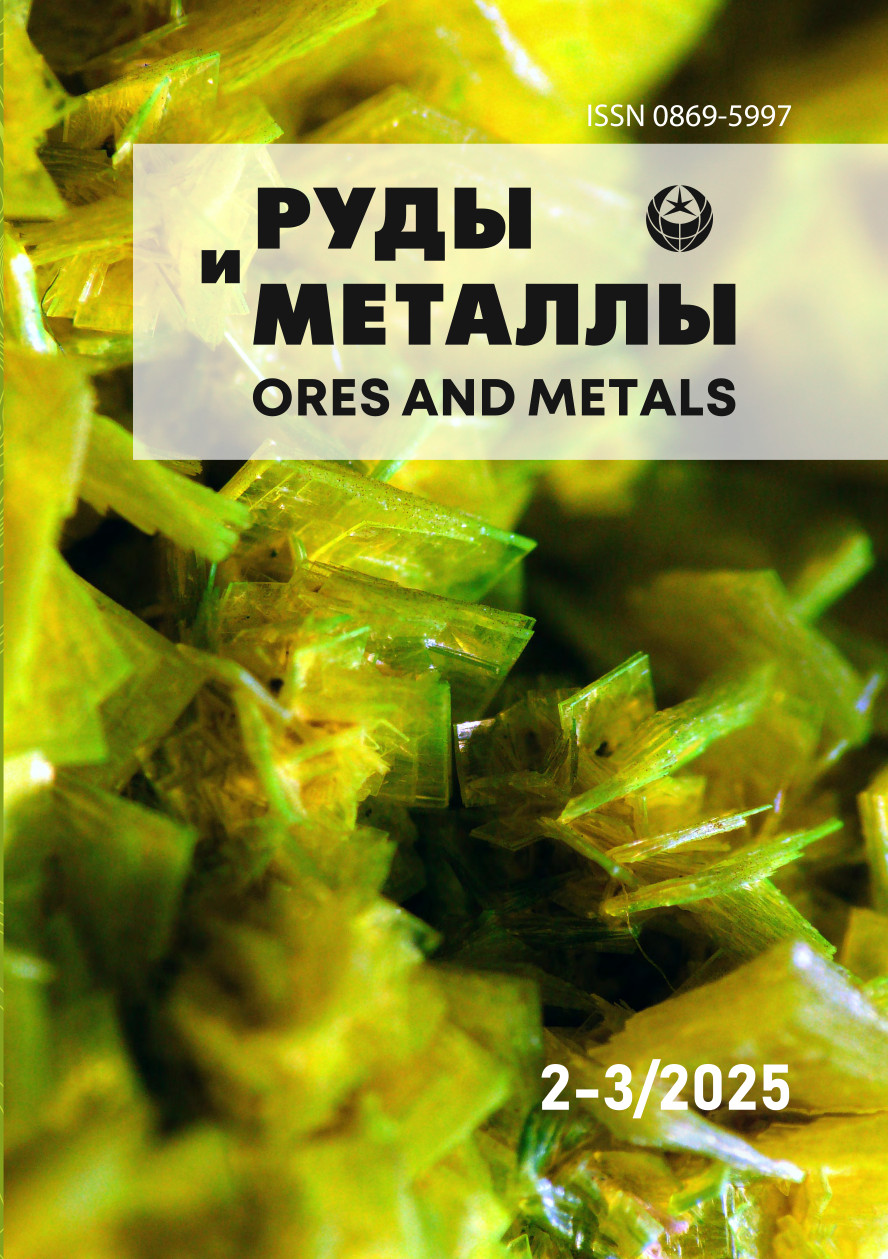Gold mineralization of the Arctic Belt of the Russian Far East
DOI: 10.47765/0869-5997-2025-10005
Keywords:
Late Mesozoic gold mineralization, sulfur isotope of ore sulfides, Russian Far Eastern Arctic area.Abstract
The gold ore-bearing potential of the Early Cretaceous Arctic orogenic belt of the Far Eastern Arctic is characterized. The gold mineralization is represented by the Au-quartz vein, Au-sulfide disseminated in folded and crushed zones, Au-Bi (gold-rare metal) vein-veinlet and skarn types; by the
shallow-depth Au-jasperoid and Au-Ag epithermal types; as well as by the gold-bearing porphyry copper type. The crustal origin of the mineralization is shown based on the S-isotope data on ore sulfides of the objects considered. The maximum prospects are related to the late-orogenic Au-sulfide disseminated mineralization. The Mastakh, Alpha, and Onkuchan gold deposits in the northern frame of the Kular Dome; the Taamar deposit in the Ulakhan-Tas sector; and the Elveney deposit in Chukotka are very favorable for identifying large objects of the Maiskoe type. It is necessary to evaluate the prospects for post-orogenic AuAg epithermal mineralization in the Kular area, as well as Au-jasperoid and porphyry copper types. A need in developing a special program within the framework of the forecasting minerogenic investigations for the coming years is highlighted.


